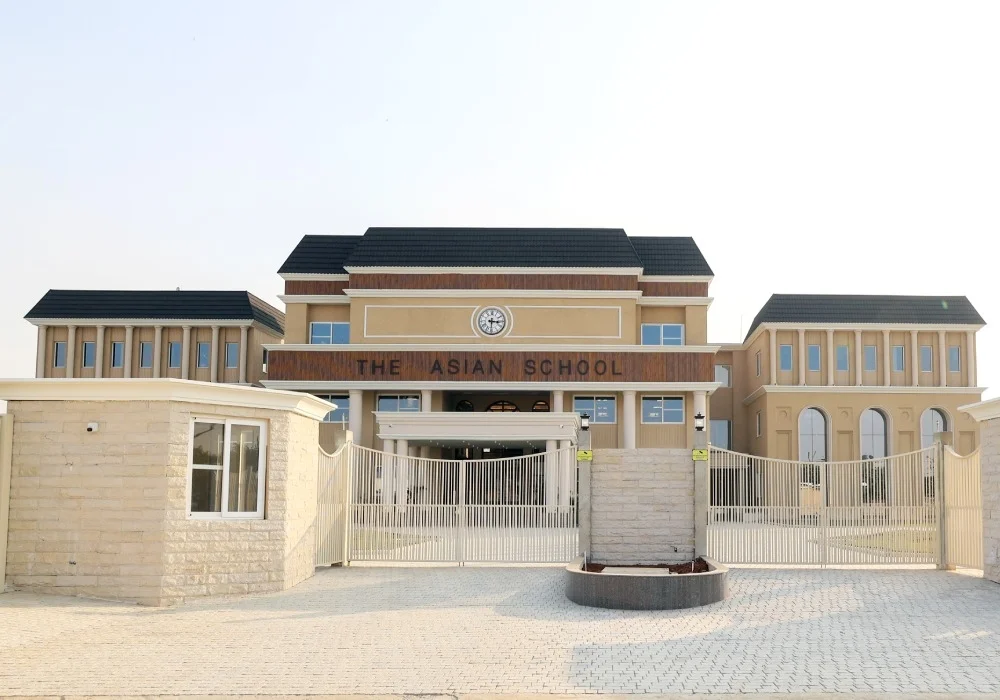The Connection Between Physical Activity and School Life
School isn’t just a place for academic instruction—it’s where students build routines, relationships, and life habits. In this journey, student attendance and active engagement are crucial indicators of a school's effectiveness. But what keeps students genuinely interested in coming to school every day? Surprisingly, one of the most powerful motivators is not found inside the classroom, but outside—on the playground, in the gym, or on the court. Well-developed sports facilities in schools have a significant impact on how often students attend and how actively they participate in school life.
Creating a Positive Association with School
Children are more likely to look forward to school when they know it includes more than books and tests. Sports bring a sense of excitement, fun, and physical freedom into the day. When students have access to structured sports periods and high-quality facilities, their experience becomes more enjoyable and fulfilling. This positive association boosts attendance, especially among younger students. A school with appealing sports facilities often becomes a space children want to return to, not just because they have to, but because they genuinely enjoy being there.
Improving Focus Through Regular Movement
Sitting in classrooms for long hours can lead to fatigue, restlessness, and mental saturation. Physical activity breaks that monotony. Sports energize the body and refresh the brain, making students more alert and focused when they return to class. Schools with integrated sports facilities can offer scheduled sports sessions that serve as mental resets, helping students engage better in their studies. As a result, students not only attend more regularly but also participate more actively in their learning.
Strengthening Peer Bonds and Social Comfort
For many students, especially those who may struggle academically or feel shy in class, sports offer a space to build confidence and form friendships. Team games, sports clubs, and after-school training programs provide opportunities for students to connect with peers in relaxed, non-judgmental environments. These social experiences can transform how students feel about school as a whole. With inclusive and well-managed sports facilities, schools help create a sense of community that students are eager to be part of—further improving both attendance and involvement.
Incentivizing Attendance Through Events and Competitions
Sports events, inter-house matches, tournaments, and fitness challenges add excitement to the school calendar. They give students something to look forward to beyond routine academics. Participation in such activities is often tied to consistent attendance and responsible behavior. Schools that host regular sports competitions through dedicated sports facilities can effectively use them as tools to promote better attendance and stronger student involvement across all grades.
Supporting Students with Diverse Interests
Not all students are academically inclined—but many excel in other areas, including sports. Schools that recognize and support these interests through quality sports facilities create an environment where every student feels seen and valued. When students know that their talents are acknowledged and supported—whether in football, swimming, basketball, or yoga—they are more likely to attend school regularly and engage actively in both academic and extracurricular areas.
Reducing Dropout Rates and School Avoidance
In many cases, students who don’t feel connected to school begin skipping classes or disengaging entirely. This is especially common among teenagers facing academic pressure or personal challenges. Sports can serve as a powerful retention tool. The sense of purpose, belonging, and accomplishment students experience through sports can rekindle their motivation to attend school. Schools with inclusive and welcoming sports facilities can offer vulnerable students a lifeline—a reason to stay, try again, and reconnect with the learning environment.
Enhancing Teacher-Student Relationships
Sports often blur the formal lines between teachers and students. A coach cheering on a student during a match, or a teacher helping with warm-up exercises, builds rapport beyond the classroom. These bonds encourage open communication, mutual respect, and better behavioral outcomes. When teachers and students interact in sports facilities, it strengthens the relational foundation that supports consistent attendance and meaningful participation.
Sports as a Catalyst for Connection
A school that invests in sports facilities is investing in more than physical infrastructure—it’s investing in student well-being, motivation, and retention. From boosting energy and social connections to creating exciting reasons to attend, sports contribute significantly to a more engaged and present student body. In today’s fast-paced, distraction-heavy world, building an active, inclusive, and vibrant school culture starts with something as simple—and as powerful—as the space to play.







